contradictions
-

The Contradiction of Institutional Diversity in the Design Student Body
Phan, H. L. D., & van Amstel, F. M. C. (2025). The Contradiction of Institutional Diversity in the Design Student Body. Diseña, (27), Article.6. https://doi.org/10.7764/disena.27.Article.6 - Sep 15, 2025 -
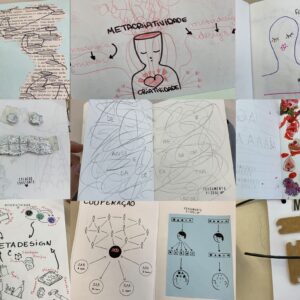 Abstract: This lecture explores the expansive power of visual thinking as a tool for design research, problem-solving, and knowledge creation. Moving beyond common sense definitions of visual thinking, it focuses on how images try to capture partially known contradictions in codesign, moving the design process forward into changing reality. Lecture recorded in the Fall 2024 […] - Sep 6, 2024
Abstract: This lecture explores the expansive power of visual thinking as a tool for design research, problem-solving, and knowledge creation. Moving beyond common sense definitions of visual thinking, it focuses on how images try to capture partially known contradictions in codesign, moving the design process forward into changing reality. Lecture recorded in the Fall 2024 […] - Sep 6, 2024 -
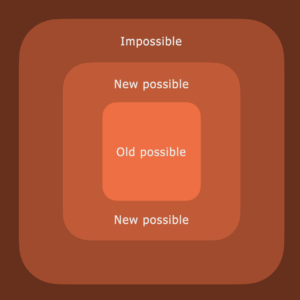
Designing between the possible and the impossible
Abstract: The possible is relatively constituted to what is meant to be impossible. Whenever someone does something formerly known to be impossible, the possible expands, and a new frontier appears. Expanding this box is not trivial, though. Contradictions binding the dos and don’ts demotivate any naïve attempt to design at the border. Expansive design is […] - Oct 21, 2023 -

Relational design and the contradiction of oppression
Una charla en la sesión 8 de la Cátedra Diseño, Arte y Ciencia acogida pela Facultades de Artes y Diseño y de Ciencias Naturales e Ingeniería de la Universidad Jorge Tadeo Lozano (Colombia). Abstracto: El Diseño Relacional es una transformación profunda en la teoria y practica del diseño, en que se pierde el objeto para […] - Sep 21, 2021 -
 Visual oxymoron is a graphic representation of a contradiction codesigned by those who face that contradiction in everyday life. In written language, an oxymoron is a figure of language that displays interconnected opposing ideas. A visual oxymoron displays the opposite forces of a contradiction in a single image. The representation can be made through visual […] - Jan 27, 2021
Visual oxymoron is a graphic representation of a contradiction codesigned by those who face that contradiction in everyday life. In written language, an oxymoron is a figure of language that displays interconnected opposing ideas. A visual oxymoron displays the opposite forces of a contradiction in a single image. The representation can be made through visual […] - Jan 27, 2021 -
 Germ cell model is a representation of a contradiction that is at the forefront of activity development. It features the dialectical reason why development is not advancing further as expected, and a possible path to overcome the barriers. Models are rather ambivalent in the way they represent contradictions, since they may not solve the contradiction. There […] - Jan 27, 2021
Germ cell model is a representation of a contradiction that is at the forefront of activity development. It features the dialectical reason why development is not advancing further as expected, and a possible path to overcome the barriers. Models are rather ambivalent in the way they represent contradictions, since they may not solve the contradiction. There […] - Jan 27, 2021 -

What is a contradiction and why it is relevant to design research?
Design research is increasingly concerned with being part of change processes in everyday life, in communities, in organizations, and in large-scale sociotechnical systems. Despite the growing interest, the field is not prepared to deal with this topic. The predominant theories in design research were crafted to understand individuals interacting with products, or groups of people […] - Apr 21, 2020 -
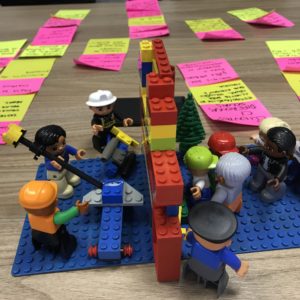
Lego Physical Oxymoron (LEPOX)
LEPOX challenges the participants to collaboratively identify and materialize a contradiction using Lego pieces. This game is inspired by the LEGO Serious Play ® method, which relies upon physical metaphors for improving team communication. The participants are invited to make a model of what they perceive to be a contradiction in terms — a physical […] - Apr 6, 2020 -
 I have developed for my Design Thinking course a comprehensive explanation on how design can be part of big transformations in society. Instead of making changes to society, as in the paradigm of “social impact”, I teach my students to discover transformations already in course, understand them, and support them. The concept of contradiction is key to my approach: a unite […] - Oct 28, 2016
I have developed for my Design Thinking course a comprehensive explanation on how design can be part of big transformations in society. Instead of making changes to society, as in the paradigm of “social impact”, I teach my students to discover transformations already in course, understand them, and support them. The concept of contradiction is key to my approach: a unite […] - Oct 28, 2016 -
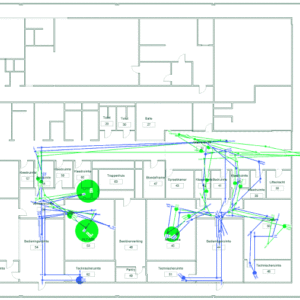
The social production of design space
Van Amstel, F.M.C; Hartmann, T; Voort, M. van der and Dewulf, G.P.M.R. The social production of design space, Design Studies, 46, 2016, p. 199–225. DOI: https://doi.org/10.1016/j.destud.2016.06.002 - May 2, 2016 -

PhD thesis – Expansive design: designing with contradictions
A quick guide to this thesis: Abstract: This thesis looks at the practice of design as it emerges in architectural design and service design. The lens adopted considers design both as an activity as well as a space full of contradictions, which are accumulated tensions. Design activity is a professional occupation that interacts with other […] - Dec 14, 2015 -

Representing contradictions without trying to solve them
Design-oriented ethnography seeks to find opportunities for innovation in social activities. Disturbances, tensions, and conflicts are sometimes used to ground or justify these opportunities, as if they could be avoided by an innovation. Ethnographers know that social contradictions cannot be resolved by design since they depend on collective endeavors; however, they still need to provide […] - Nov 20, 2015 -
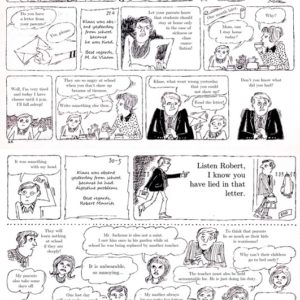
How to represent contradictions
Contradictions are social tensions that accumulate in the history of a society. When they reach the peak, conflicts come to the surface and society has to take action to change what is feeding the contradiction. In simple words, it is necessary to attack the root of the problem. There are design approaches that try to […] - Jan 5, 2015 -
I just made a pecha-kucha presentation about my PhD research in 6’40”. I try to explain what I mean with Expansive Design, the design approach I’m building up that takes advantage of social contradictions, instead of trying to solve them. Contradictions are social relationships that have a long history and cannot be solved by any […] - Mar 12, 2014
-
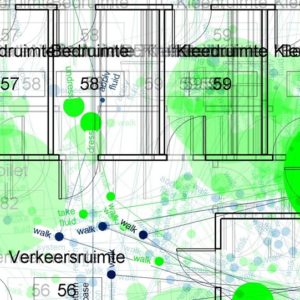
Contradictions in the design space
van Amstel, F., Zerjav, V., Hartmann, T., van der Voort, M., and Dewulf, G. (2014) Contradictions in the design space, in Lim, Y., Niedderer, K., Redström, J., Stolterman, E. and Valtonen, A. (eds.), Design’s Big Debates – DRS International Conference 2014, 16-19 June, Umeå, Sweden. https://dl.designresearchsociety.org/drs-conference-papers/drs2014/researchpapers/99 - Feb 17, 2014 -

Making games to communicate research findings
After two years conducting field studies about the participation of healthcare professionals in construction projects, I decided to make a board game based on my findings. The target players are those same professionals I’m studying. The idea is that the construction and healthcare professionals can switch their roles for a while and understand their different […] - Apr 4, 2013 -
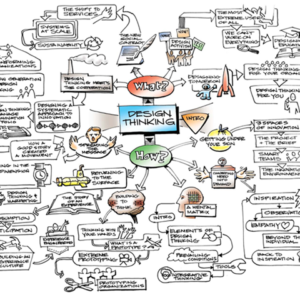
Using Activity Theory to situate Design Thinking
During my last trip to Brazil, together with Andre Malheiro, I conducted a Design Thinking workshop at Rede Globo, the producer of the famous Brazilian soap operas. I’ve been experimenting using Activity Theory as a framework for Design Thinking in these kind of workshops for a while, but after this, I got an important insight: […] - Oct 31, 2011